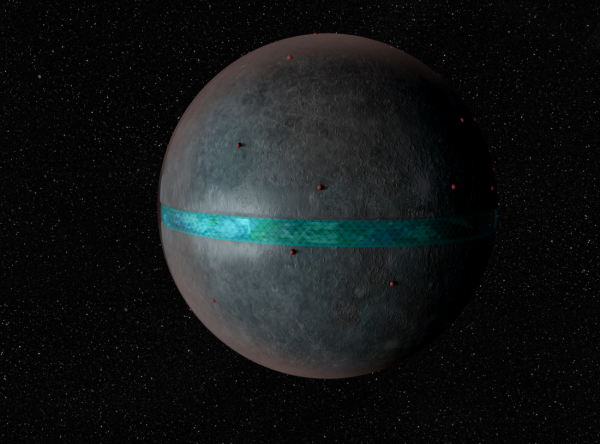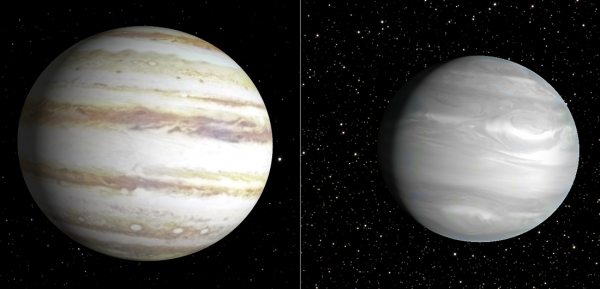BY LETTER
Pluton
Galactography > Regions of Space > Outer Volumes
Galactography > Other Major Polities, Empires, and Meta-Empires > Perseus Princes
Galactography > Systems and Worlds > Systems & Worlds O - P
Galactography > Other Major Polities, Empires, and Meta-Empires > Perseus Princes
Galactography > Systems and Worlds > Systems & Worlds O - P
Capital of the Pluton Volume | |
 Image from Steve Bowers | |
| Pluton is a depleted ice core, a former ice giant which has been stripped of its atmosphere and much of its mass by mining. The equator is insulated and terraformed, while the icy surface is colonised by Muuh xenosophonts | |
Data Panel - Star | |
| Star | JD 140582223 Type: F1 Luminosity 3,63 x Sol Distance from Sol: 5130.8 ly Constellation: Perseus |
|---|---|
Data Panel - Planets | |
| Midas | Type HydroJovian Type. Semimajor Axis 1.9 AU. Radius 56019km Mass 98x Earth |
|---|---|
| Pluton | Type Ice core, former ice giant: Semimajor Axis 12.82 AU. Original Radius 30087km Radius of remnant ice core 18544km Mass of remnant ice core 16 x Earth Surface gravity of remnant ice core 2.53 x Earth Original mass of Pluton pre-depletion 32 x Earth |
| Croesus | Type: Gas giant. Orbit 18.33 AU Radius 69557km Mass 299 x Earth Currently being intensively mined |
Pluton now has a very thin atmosphere and an icy surface, and has been re-engineered to be a dimple world. The equator is carved into a canyon-like depression, which is covered with a worldhouse roof. The ice of the surface has frozen, but residual heat from the planet's interior is adequate to maintain a temperate climate in the equatorial groove, despite the low levels of illumination from the local star.
Although the equatorial region is so heated, it is still cooler than most Earth-like environments, and is home to several clades which prefer cool conditions, such as provolved and lazurogened mammoths. The surface gravity on this ice-core world is abound 2.5 gees near the equator, so the local sophonts and fauna are all small and sturdy in physical form.
The top surface of the planet is inhabited by Muuh aliens and their AI systems. The Muuh colonies take the form of red domes studded across the icy surface.
Midas, a hydrojovian gas giant in this system, is being gradually colonised using bubblehabs.
 Image from Steve Bowers | |
| Croesus and Midas | |
Related Articles
Appears in Topics
Development Notes
Text by Steve Bowers
Initially published on 04 November 2008.
Initially published on 04 November 2008.






